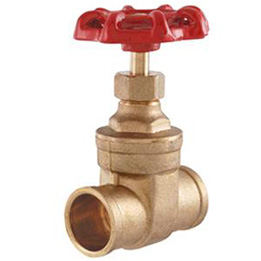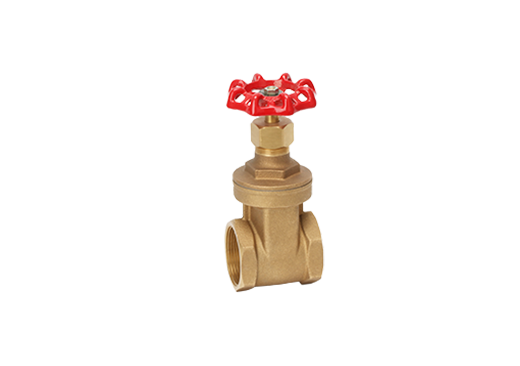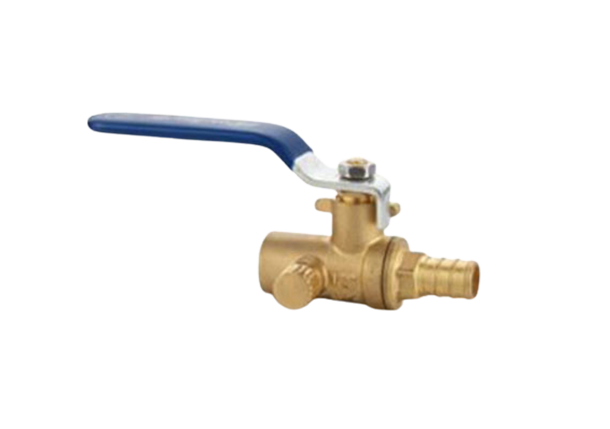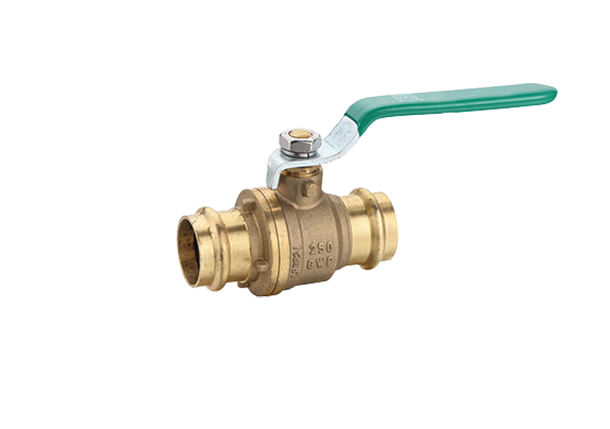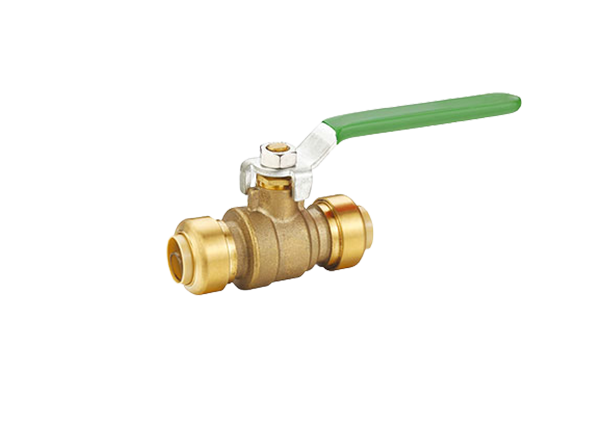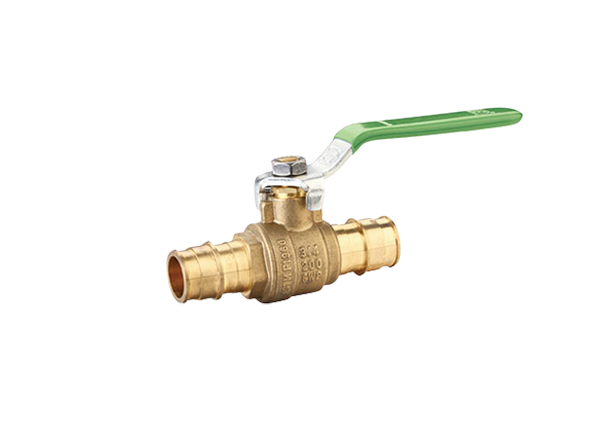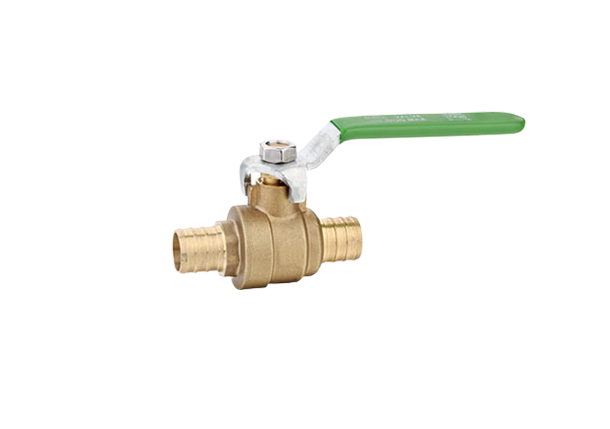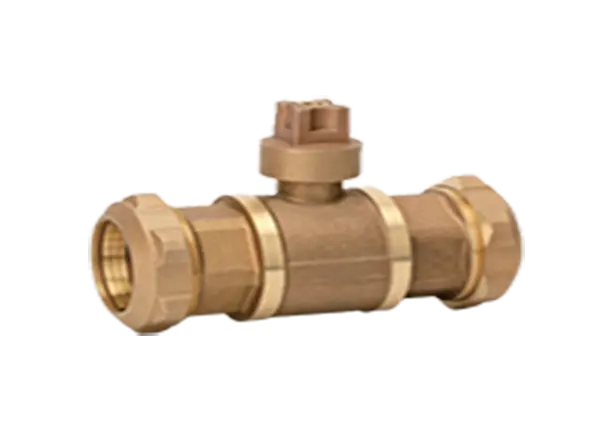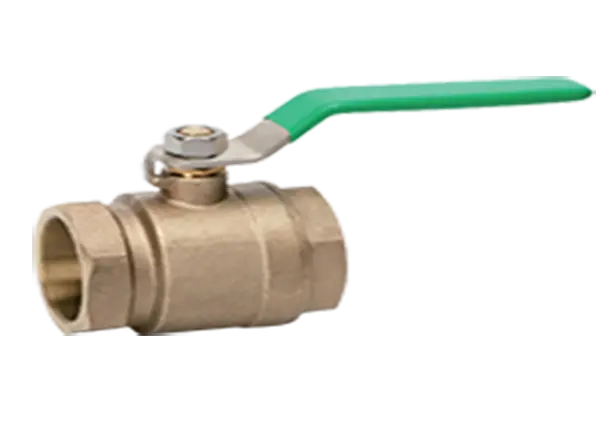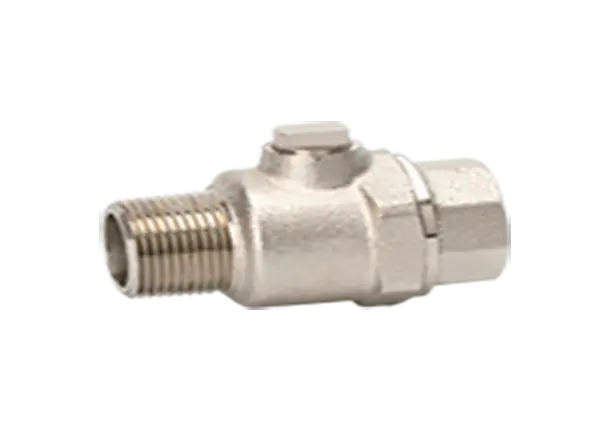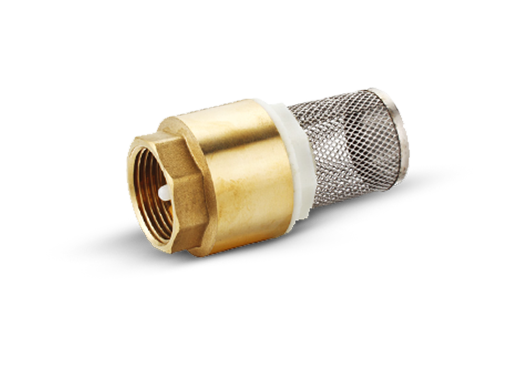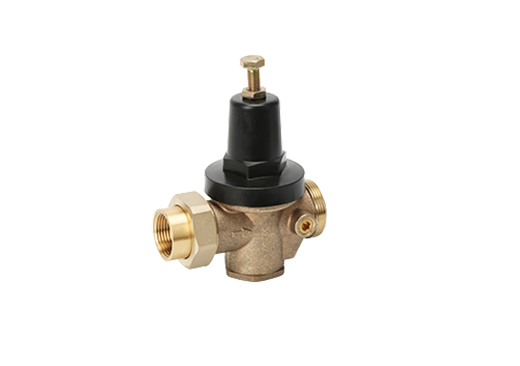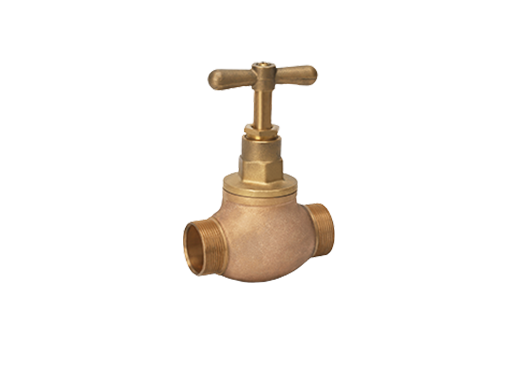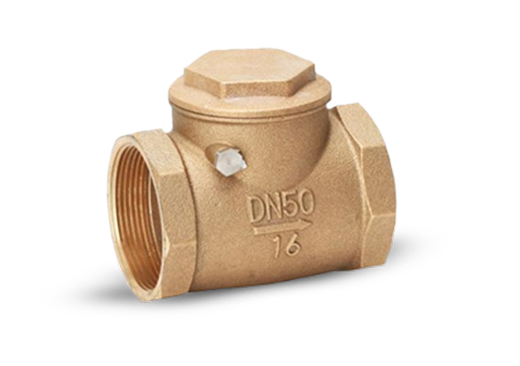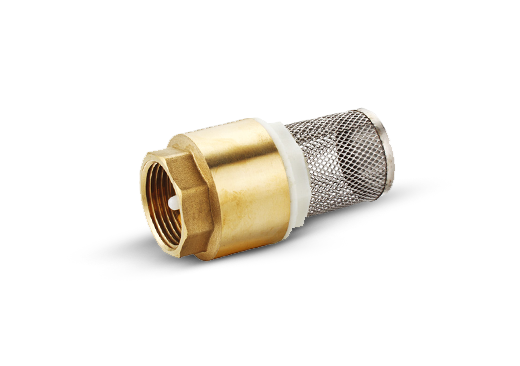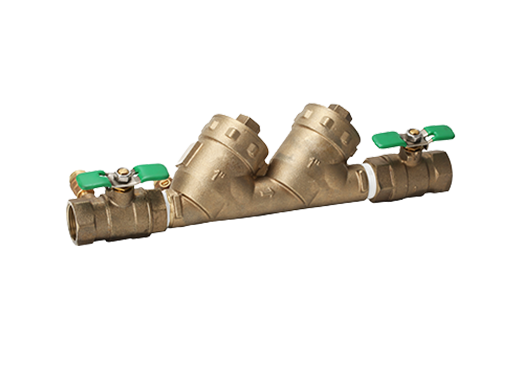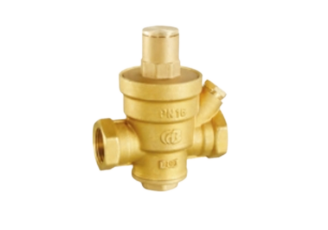Operation Mechanism and Performance Testing of Pneumatic Check Valve
Operation mechanism of pneumatic check valve
The closing direction of pneumatic valve should be clockwise.
Since the pneumatic check valve in the pipeline is often manually opened and closed, the number of opening and closing should not be too much, even for large-diameter valves, it should be within 200-600 revolutions.
In order to facilitate one person's opening and closing operation, the maximum opening and closing torque under the working pressure of the pipeline should be 240N-m.
The opening and closing operation end of the pneumatic valve should be a square tenon, and the size should be standardized, and facing the ground, so that people can operate directly from the ground. Valves with wheel discs are not suitable for underground pipelines.
The display disc for the opening and closing degree of the pneumatic check valve from bronze valve factory.
1) The graduation line of the opening and closing degree of the pneumatic valve should be cast on the gearbox cover or the outer shell of the display disc after changing direction, all facing the ground, and the graduation line should be brushed with fluorescent powder to indicate the eye-catching position;
2) The material of the indicator disc needle can be stainless steel plate in the case of good management, otherwise, it is painted steel plate, and aluminum sheets should not be used to make it;
3) The indicator disc needle should be eye-catching and firmly fixed. Once the opening and closing adjustment is accurate, it should be locked with rivets.
If the pneumatic valve is buried deep, and the distance between the operation mechanism and the display disc and the ground is ≥1.5 meters, an elongated rod facility should be provided and fixed firmly for observation and operation from the ground. That is to say, valve opening and closing operations in the pipeline should not be performed in underground operations.
Performance testing of pneumatic check valve
When manufacturing a certain specification of valve in batches, authoritative organizations should be commissioned to perform performance testing on the following items:
a) The opening and closing torque of the valve under the working pressure condition;
b) The number of continuous opening and closing that can ensure the valve is tightly closed under the working pressure condition;
c) The detection of the flow coefficient of the valve under pipeline water delivery conditions.
Before leaving the factory, the valve should be tested for the following items:
a) Under the open condition of the valve, the valve body should withstand twice the working pressure value of the valve for internal pressure testing;
b) Under the closed condition of the valve, both sides should withstand 1.1 times the working pressure value of the valve, and there should be no leakage. But for metal-sealed butterfly valves, the leakage value should not exceed the relevant requirements.
A pneumatic check valve is a valve driven by compressed air. The method of only specifying the specification, type, and working pressure of pneumatic valves when purchasing them does not meet the purchasing requirements in the current market economy environment. This is because pneumatic valve manufacturers, in order to compete their products, have different innovations under the unified concept of pneumatic valves, forming their own enterprise standards and product personalities.
Therefore, it is necessary to provide detailed technical requirements when purchasing pneumatic check valves, coordinate with the manufacturer to reach a consensus, and attach it as an annex to the pneumatic valve purchase contract. This type of valve should generally be installed horizontally in the pipeline.
Feel free to contact us if you have any need. Carbo is one of the leading brass check valve suppliers in China.
Different Carbo Valves For Sale

